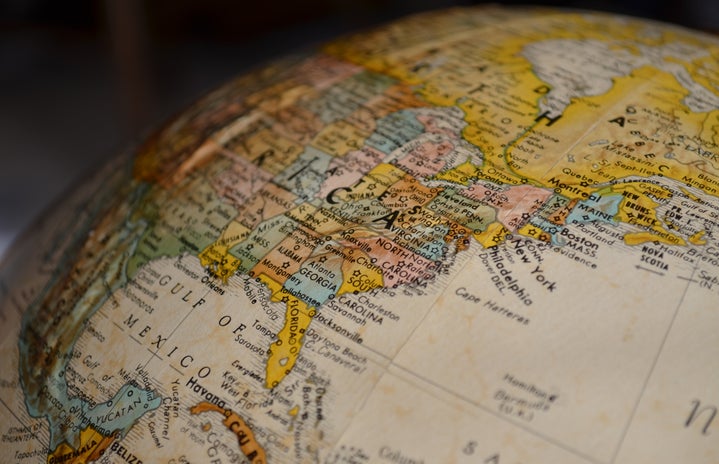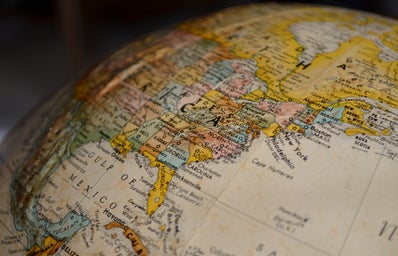Did you know there’s ancient rocks under your boulevard?
Please excuse the Lana del Rey reference. I needed to evoke a vintage vision for my incredibly vintage subject of the day: Cratons. Whys and hows being irrelevant, I’ve found myself down a rabbit hole of early continents on planet Earth, which then eventually led me to the topic of cratons, and led to me telling anyone who would listen just how cool these ancient continents really are.
So to begin: What are cratons? And how am I going to make this topic so much deeper than it is? Cratons are the oldest and most stable parts of our lithosphere, and consist of the crust and the uppermost layer of the mantle. These are what you will tend to find near the center of whatever tectonic plate you’re on, while the rest is rock that was deposited later. To talk about cratons as a whole, let’s get specific to the one nearest and dearest to our hearts here in North America: Laurentia, or if you want to be boring, the North American Craton. It’s the craton of the North American plate, and in Wisconsin we are quite comfortably situated on it. In most of the state, it’s covered up in layer upon layer of rock, but there are regions both here and in Minnesota where it gets exposed and you can see rocks that are billions of years old, dating from a time when the moon still had volcanoes and you could see the eruptions from Earth. However, little outcrops in Wisconsin are nothing. If you want to see where most of these rocks are front and center, go to the Hudson Bay in the north of Canada. Here, you see the Canadian Shield, an exposed area of rocks. Being one of the oldest on the planet, there are rocks from 2.5 – 4.2 billion years ago, and the exposure is due to wearing down of newer layers by ice sheets during glacial maximums during ice ages.
Did you know we’re still in an ice age? It is just an interglacial period – which means that we’re in a warm period. Never forget how much our lives are tied up with geological processes.
Anyways, it is possible to go up to the northern reaches of North America and touch these rocks that made up the first continents. Your most distant ancestors lived in the same world these rocks came from, despite the fact that these rocks would go unlived on for billions of years. Supercontinents rose and fell, and traveled all over the Earth’s surface – all unknown to our ancestors living offshore. We don’t fully know the first ones, but life is older than it. Life is older than a lot of things, surprisingly. I think that’s why I’m obsessed with these continents and why I’m obsessed with things so old nothing ever saw them. I’m obsessed with Kenorland, which was never seen by anything and formed and died unknown to life from 2.7-2.1 billion years ago. 800 million years ago, when the entire planet became frozen over, we had another supercontinent: Rodinia. Rodinia disappeared under layers of ice and thawed out and nothing ever saw it. Don’t get me wrong, life’s been on Earth for billions of years. It just didn’t get the ability to see anything until extremely late, so billions of years came and went and nothing ever saw them, content in the ocean to recognize light and dark at most.
If you’ve read more than one of my articles, you’ll know that this is when I usually start to wax poetic about supercontinents in some vain effort to make others care as much as I do about a bunch of rocks. However, I think I’ve said my piece. Research these yourself, if you want.


